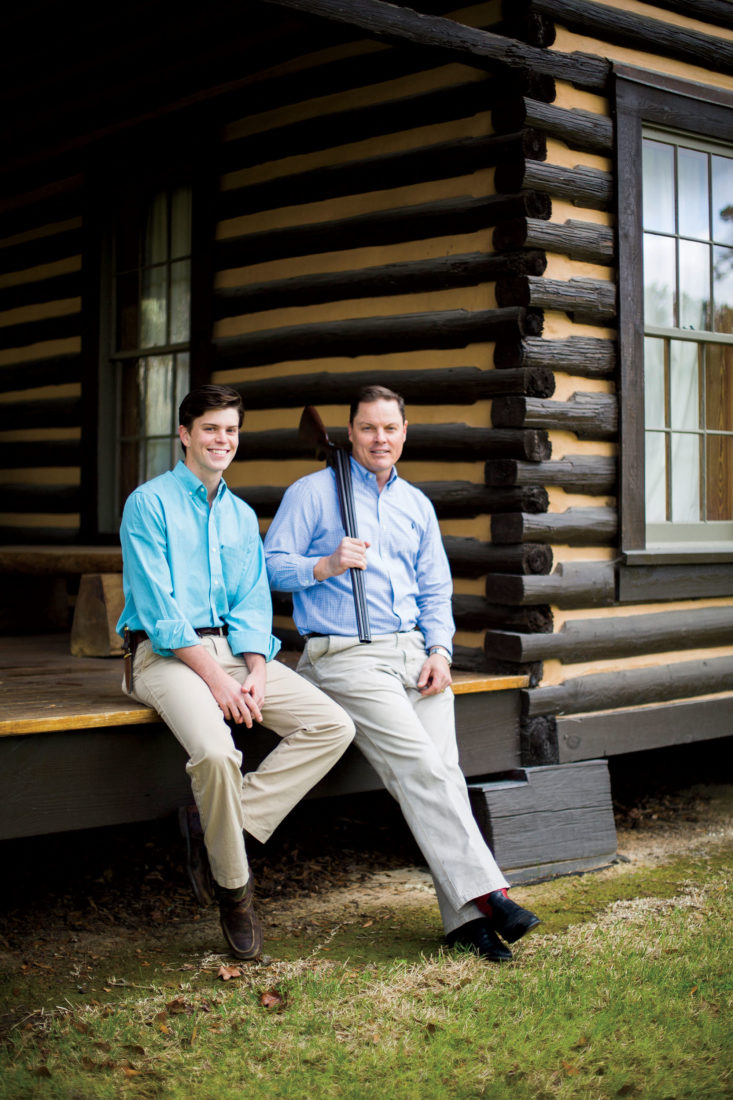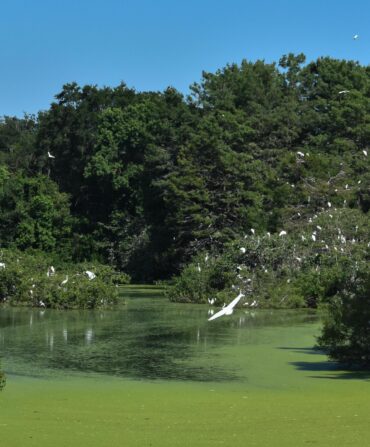Tom Harrison knew the gun itself wasn’t worth a ton of money. A Stevens 20-gauge side-by-side with double triggers, manufactured during the 1940s in Utica, New York, it was of a kind typically bought from a hardware store or a catalogue in those days. But for Harrison, an accountant in the quail capital of Thomasville, Georgia, and an adjunct professor at Florida State University in Tallahassee, the gun had a different kind of value.
The Stevens originally belonged to his late grandfather Andrew Thomas Harrison, who passed it down to Harrison’s father, Tommy, who passed it down to him. “The gun takes me back to my childhood,” says Tom, who is now forty-five. “When I’m quail hunting, I feel like I’m channeling my grandfather through it. It’s really magical.”
Andrew Thomas Harrison grew up on the old Turkey Run quail plantation in Tallahassee, which was managed by his father, Thomas, who went by Toy. Tom remembers his grandfather taking him there as a boy, parking himself and the Stevens under a tree, one barrel loaded with buckshot for deer, the other with bird shot for squirrel.
It became Tom’s gun when he turned twelve, and while he’s owned many other bird guns since, there’s still nothing that quite compares to shooting the Stevens. Though for health reasons his father no longer hunts, he’ll often text to ask how Tom did with it.
The answer usually is pretty darn well, even if until recently the gun resembled an Industrial Age relic. Rust spotted the 28-inch barrels and the stark receiver. The tight choke constrictions could get you a squirrel at forty paces, but for flushing coveys, the narrow pattern delivered little margin for error. Worse, the stock, extruded from a pseudo-wood plastic called Tenite, had vibrated loose—for the wobbly effect of shooting from a canoe. But Harrison could still down quail faster with that antique farm implement than some shooters sporting $30,000 bird guns.
“I get lazy shooting my Beretta,” he admits. “My Stevens? I don’t want to have a bad day with it.”

Photo: Gabriel Hanway
Tom Harrison with his son Thomas.
But though the gun had served Harrison well for more than thirty years, he knew the old Stevens would need some work. He brought it to Lance Farlow, who owns Dark Horse Armory, housed in a 1915 bank building in nearby Metcalfe, Georgia. While the gun needed to be safe, he asked Farlow to keep it as close as possible to his boyhood memories.
Farlow replaced the shaky Tenite with American walnut, finished with traditional boiled linseed oil. Staying faithful to the original, he didn’t add checkering to the stock or the fore-end. He cleaned and oiled the steel components but left them as they were per Harrison’s instructions. As a final touch, Farlow added a brass grip cap initialed ATH—Andrew Thomas Harrison.
Tom took the restored gun on its inaugural hunt this past quail season at Southern Woods Plantation in Sylvester, Georgia. Joining him was his eldest son, Thomas Harrison III, a senior in high school. It was the perfect time to deliver the news he’d had in mind all along.
“When we were out hunting on that trip, I promised him three things in life,” Tom says. “A good name, a college education, and the Stevens.”








